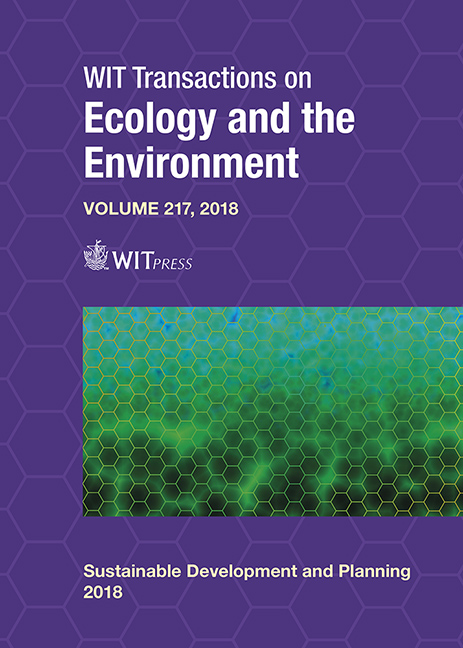RELATIONSHIP BETWEEN THE SUSTAINABLE DEVELOPMENT GOALS FRAMEWORK AND EMERGY EVALUATION FOR AN ENVIRONMENTAL ASSESSMENT OF THE 2030 AGENDA
Price
Free (open access)
Transaction
Volume
217
Pages
6
Page Range
87 - 92
Published
2018
Size
381 kb
Paper DOI
10.2495/SDP180081
Copyright
WIT Press
Author(s)
MASSIMO GIGLIOTTI, VALENTINA NICCOLUCCI, MICHELA MARCHI, FRANCESCA GAGLIARDI, FEDERICO MARIA PULSELLI
Abstract
The United Nations (UN) Agenda 2030 represents the set of strategies for sustainable development approved by the UN in September 2015, divided into a framework of 17 Sustainable Development Goals (SDGs). All countries are called to plan a national strategy to achieve these interconnected goals. Their achievement will lead the world towards a new path of development and cooperation. For this reason, the Agenda is characterized by three fundamental concepts: universality, integration and transformation. These three features are also the conceptual basis of the environmental accounting method based on emergy (spelled with an “m”), a methodology able to represent the energetics of a process or a system, using solar energy as a common denominator. Some analyses between 2016 and the present day have reported how the UN Agenda 2030 is still too anthropocentric, giving ample space to the socio-economic pillar of sustainability, to the disadvantage of the environmental system. As the UN Agenda 2030 tends to focus on the socio-economic aspects of human life, this study will assess how much attention is paid to the environmental issues by considering the relationship between the SDG Index and emergy evaluation for 155 countries. Our quali-quantitative approach shows that emergy can give a relevant contribution to the SDG framework, especially in the environmental sphere.
Keywords
UN, sustainability, indicators, environmental accounting, resources





